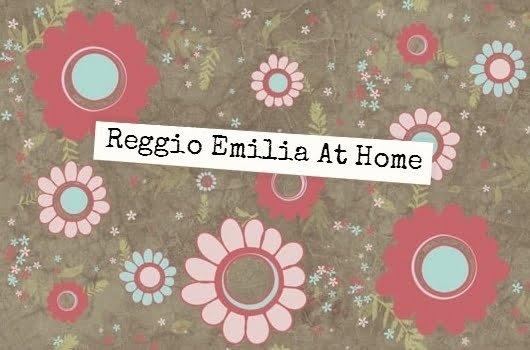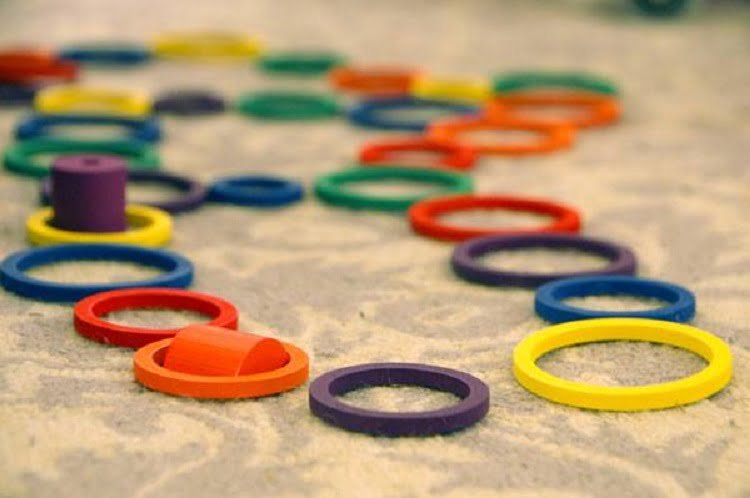If you have decided that homeschooling is right for your family, you may be trying to determine the approach that will work best for you. There are many different styles that parents can adopt when creating a home school, and careful planning can help make the undertaking as smooth and effective as possible.
Deciding upon the approach you want to take to your homeschool can be one of the biggest decisions of the entire process. Researching your options prior to starting will help you to feel confident and prepared for the process. Learning about some of the approaches that other parents have taken can help you to choose the one that is right for you, or allow you to select pieces from several approaches and combine them into your own eclectic style.
Overview of The Reggio Emilia Approach
One type of setting that many parents have adapted for use in the homeschool setting is the Reggio Emilia approach. The Reggio Emilia approach to early childhood is a long used and well-respected technique that is used by educators and parents around the world. Reggio Emilia is a method which requires no special training, just an understanding of basic principles. In a nutshell, there are a few ideals that guide Reggio classrooms, and these can easily be transferred into the home school setting.
This philosophy was first developed in the 1960s in Reggio Emilia, Italy as a means to create an atmosphere to truly develop children’s intelligence and desire to learn. In this approach, children are seen as highly capable, curious learners, who are capable of constructing their own learning.
Principles of Reggio Emilia
This approach works on a few guiding principles, and parents who are seeking to implement a Reggio inspired homeschool can use these as a guideline for their classroom.
-Children should have some control over their own learning. The should be allowed to develop and follow their own interests.
-Learning is best acquired through a multi-sensory approach. Touching, listening, seeing, hearing and moving allow children to thoroughly understand.
-Teachers/parents are mentors and guides, but not the keepers of all knowledge. They should work alongside children to ensure true understanding, but keep in mind that the learning process should be primarily child led.
-The environment is seen as a “third teacher”. Materials are carefully selected. Rooms are free of clutter. Natural light, order and beauty are hallmarks of a Reggio classroom.
-Project based learning is encouraged. Instead of isolating subject areas, students are encourage to truly research their interests from many angles. Whatever they choose to learn about can be read about, written about, painted, built, etc.
-Documentation is paramount. One highlight of the Reggio approach is the importance it places on documentation. Examples of student work are highly visible. Teachers record students’ thoughts and conversations and then showcase them to make their thinking visible.
-Communication is imperative. In the Reggio approach, children are talked with, listened to and respected. They are encouraged to use language to explore, and in the early years, sounds, rhyme and rhythm are toyed with. Later, rich conversations drive much of a child’s learning.
-The Hundred Languages of Children: One of the most important ideals driving the Reggio Emilia philosophy is referred to as the Hundred Languages of Children. This means that children have many different ways to express their thoughts and learning. Hands-on learning and play are ways that children can demonstrate their learning, along with song, dance, drawing, writing, painting, physical activity, pretend play and storytelling, just to name a few. Each of these activities are seen as valid methods of learning about the world and work together to compose an entire child.
Reggio Emilia Materials
The Reggio approach is a play-based, child-led learning philosophy and materials in the Reggio inspired classroom are selected based on this principle.
A love for aesthetics and beauty can be developed by providing children with beautifully crafted toys that are pleasing to the eye and touch and should be made from quality materials. The toys presented to children should be open ended, allowing them to be used in many different ways, and letting children make the self-discoveries that will guide them to a love of learning.
Self-Discovery Based Toys and Materials
Toys like the Spielgaben are perfect for the Reggio inspired home school as they can be used for many years, and for many purposes. In the early years, children can use this toy for sensory input and to create pictures and structures. Later, these same materials can be used to begin developing principles of mathematics, geometry and design. The open ended nature of the Spielgaben and other toys like it lends itself perfectly to the Reggio philosophy.
Items from nature also play an important role in the Reggio inspired classroom. Pine cones, stones, shells, sticks, bark and leaves can be used for many purposes. Children can create from them, examine them, and use them to represent concepts.
Other open ended types of materials may include a collection of wooden blocks, scraps of fabric, a basket of scarves, ceramic tiles or mosaic glass pieces, cardboard tubes, or any other type of material that children may be interested in. You may be very interested to watch what children will create with everyday items!
Mirrors
One hallmark to the Reggio approach is the use of mirrors throughout the play/work area. Mirrors are used not only on the walls, but also on surfaces to provide another point of view and depth of understanding. Children who are building with blocks can see their structure from a new perspective when a mirror is placed next to it. Children working with stones can see it from all angles when working on a mirrored surface. Using mirrors adds a new depth to children’s inquiry. When selecting mirrors for your homeschool, you should keep the child’s age in mind. Very young children may need to use acrylic mirrors as a safety precaution as they may lean on them during their play, causing breakage.
Applying the Reggio Philosophy to the Home School
You can see now that the Reggio philosophy is one that can easily be adapted to meet the needs of a homeschool. By keeping in mind the principles discussed above, parents can easily build a successful Reggio inspired school in their own homes.
A parent who decides to create a Reggio school in their home will have the luxury of following the schedule that best meets the needs of their family, as well as the subjects that most interest their children. There is no need to set up a strict schedule with this learning approach as children will play with items and work on a subject until they have tired of it or exhausted it.
Creating Reggio at home involves seeing children as capable. They should have responsibilities in the home, and should take accountability for some of their own self-care. They may help with daily living activities like setting the table, preparing meals, care of pets, and gardening. These activities will teach them daily living skills, make them feel like valued members of the home community and allow them to discover things about how the world around them works.
Inquiry Based Learning
One of the best ways to determine ideas for study is by listening to the questions your children ask, or observing them while they are playing. Perhaps they said “It is so cool that water turns into the shape of my bucket when I pour it.”, or “why don’t you ever see raccoons in the daytime?”. These simple conversations can lead to some of the best lessons you can do with your child. Stock your work area up with books about matter or nocturnal animals. Follow your child’s lead.
Once you have stumbled upon a topic that seems to grab your child’s attention, look for ways for them to explore it. Provide them with materials that can deepen their understanding and allow them to express themselves in one of the one hundred ways!
The number one most important thing a homeschool parent needs to remember is to follow the child. If they are not interested, they will not be engaged and very little true learning will occur. Often time, parents will see an activity that they think looks interesting or a book that they find beautiful only to be disappointed in their child’s lack of curiosity in the topic.
Reggio Emilia is one great philosophy to adapt to a homeschool setting. It is not expensive to implement, requires no specialized training, and is very flexible. Remembering a few simple principles will allow you to follow the lead of your child, and maximize their academic potential as well as foster a curious nature and a love of learning. Opting to fill your school area with beautiful, well-crafted items as well as items from nature will allow you to use your environment as that all important third teacher, which makes the entire process much easier.
Reggio Emilia is a worthwhile undertaking for parents who want to take their child’s play and learning into their own hands.






